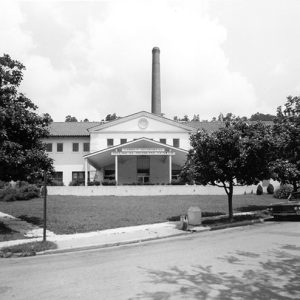 Libbey Memorial Physical Medicine Center
Libbey Memorial Physical Medicine Center
Time Period: World War II through the Faubus Era (1941 - 1967)
 Libbey Memorial Physical Medicine Center
Libbey Memorial Physical Medicine Center
 Library Demolition
Library Demolition
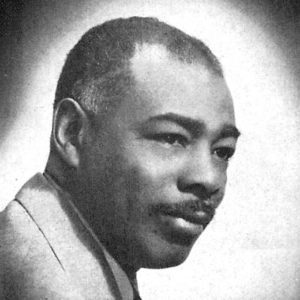 Claude Lightfoot
Claude Lightfoot
 Limedale Plant Strike
Limedale Plant Strike
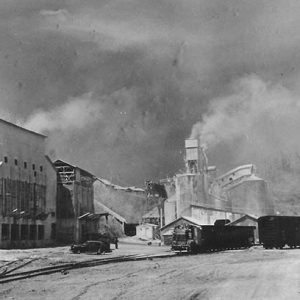 Limedale Lime Plant
Limedale Lime Plant
 Kay Linaker
Kay Linaker
 Lincoln Avenue Viaduct
Lincoln Avenue Viaduct
Lincoln County Courthouse
Lincoln High School (Star City)
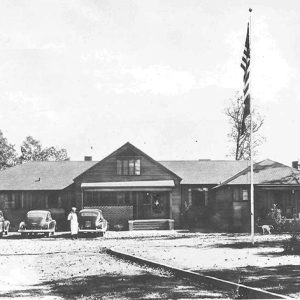 Lion Oil Lodge
Lion Oil Lodge
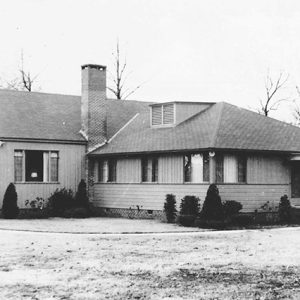 Lion Oil Lodge
Lion Oil Lodge
 Lion Service Station
Lion Service Station
Liston, Sonny
aka: Charles Liston
 Sonny Liston
Sonny Liston
Little Girl from Little Rock [Song]
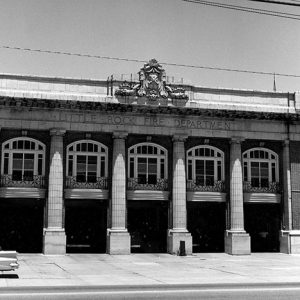 Little Rock Fire Department
Little Rock Fire Department
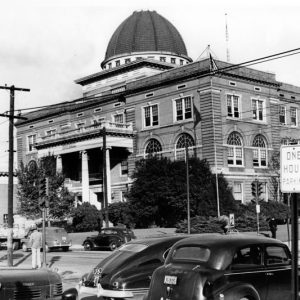 Little Rock City Hall
Little Rock City Hall
 Little Rock; 1956
Little Rock; 1956
Little Rock Air Force Base
 LRAFB Grand Opening
LRAFB Grand Opening
Little Rock Central High School National Historic Site
 Little Rock Central High Museum
Little Rock Central High Museum
Little Rock Debates on Evolution (1966)
 Little Rock Downtown
Little Rock Downtown
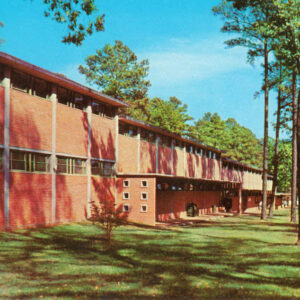 Little Rock Junior College
Little Rock Junior College
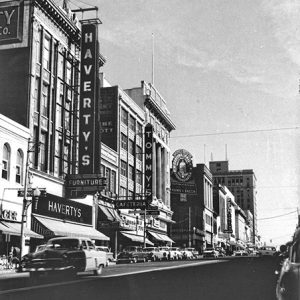 Little Rock Main Street
Little Rock Main Street
Little Rock Nine
 Little Rock Nine Thanksgiving
Little Rock Nine Thanksgiving
 Little Rock Public Library
Little Rock Public Library
 Little Rock Zoo
Little Rock Zoo
 Little Watson General Store
Little Watson General Store
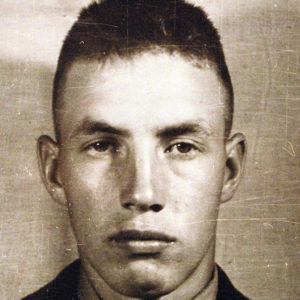 Herbert Littleton
Herbert Littleton
Littleton, Herbert
 Livestock Show Parade
Livestock Show Parade
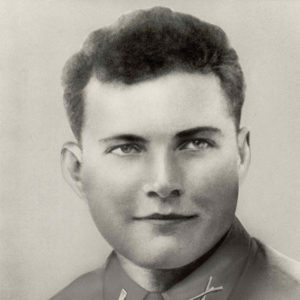 Edgar H. Lloyd
Edgar H. Lloyd
Lloyd, Edgar Harold
 Local Industries by Natalie Henry
Local Industries by Natalie Henry
Lockesburg High School Gymnasium
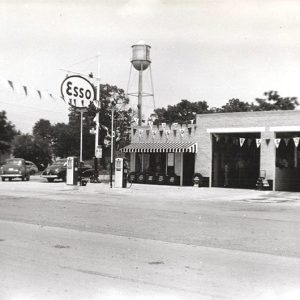 Lockesburg Street Scene
Lockesburg Street Scene
Lockhart, James Leland
Lockwood, Robert, Jr.
 Locomotive Ferry
Locomotive Ferry
Lollar, John Sherman Jr.
 Sherm Lollar
Sherm Lollar
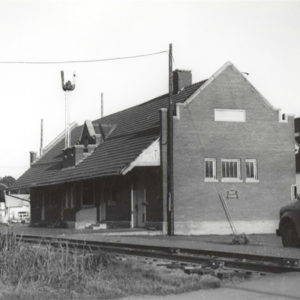 Lonoke Depot
Lonoke Depot
Looper, Durden William
 William Durden Looper
William Durden Looper
 Grace L. Lorch and Students
Grace L. Lorch and Students




